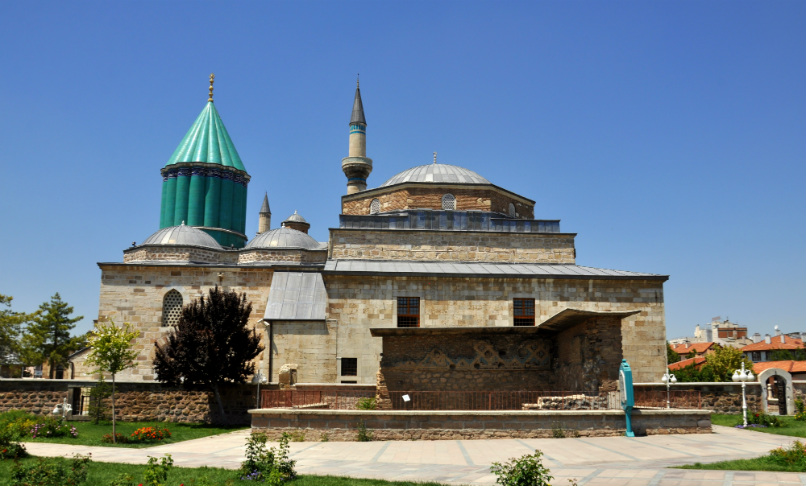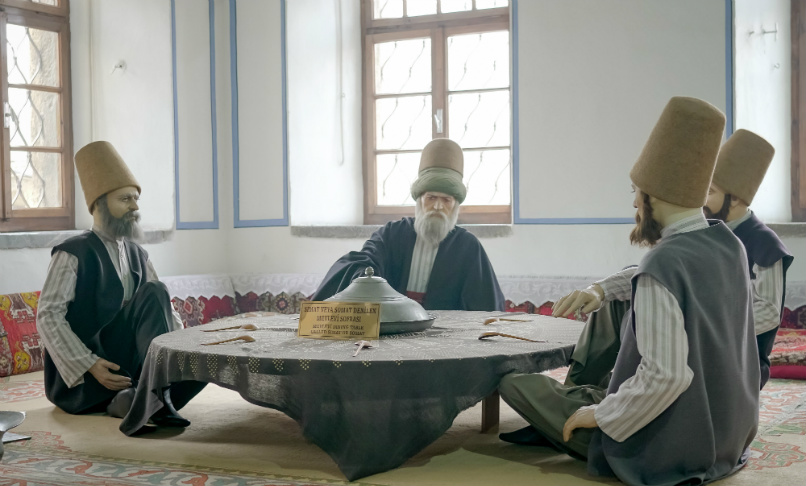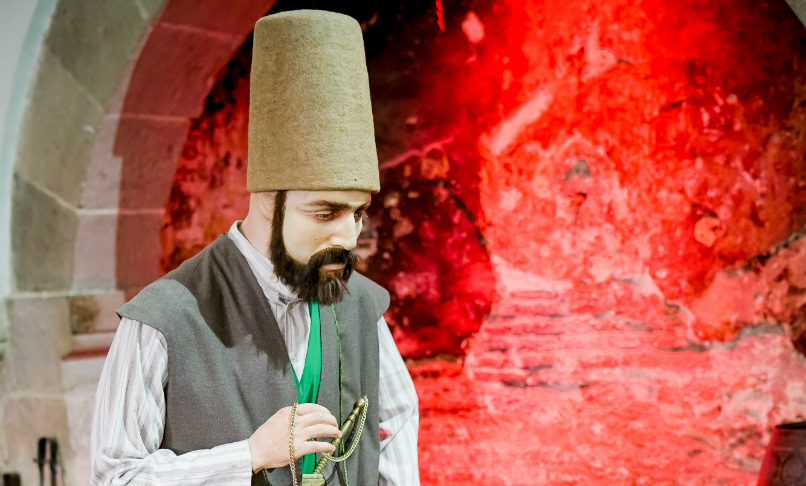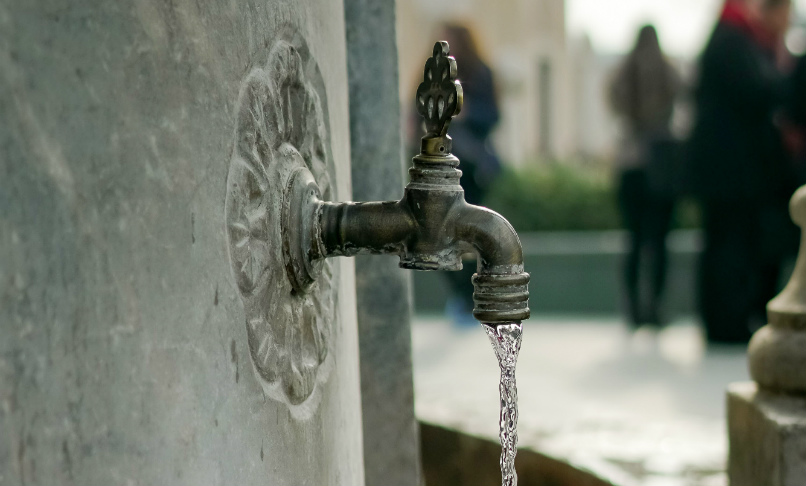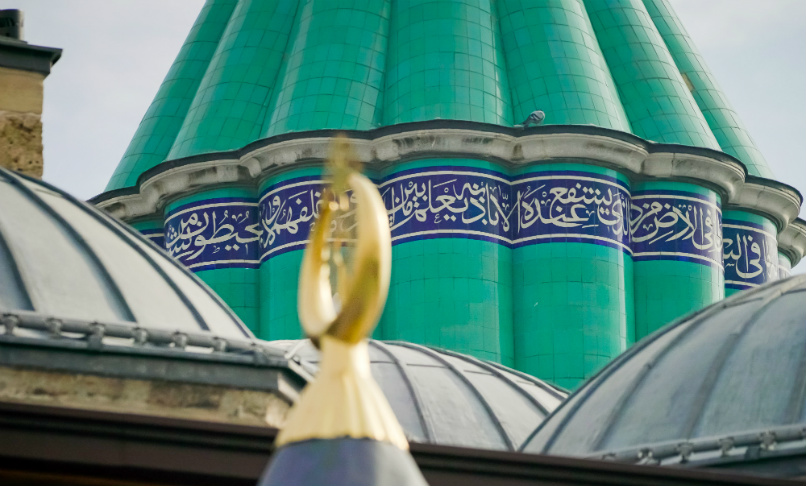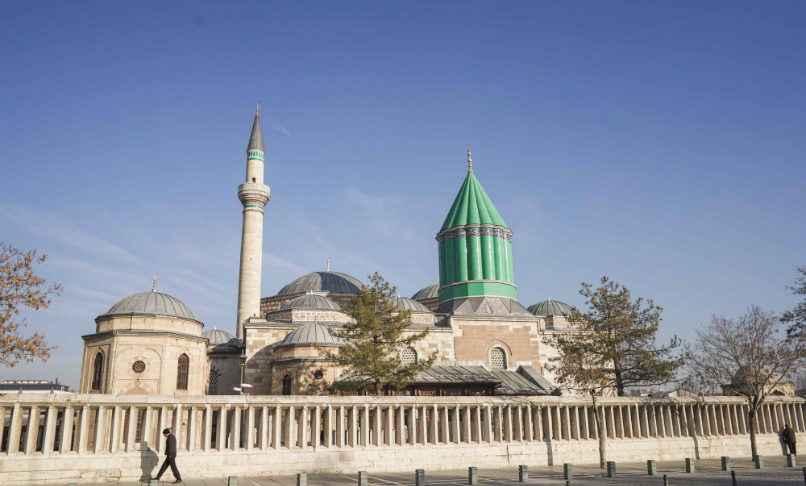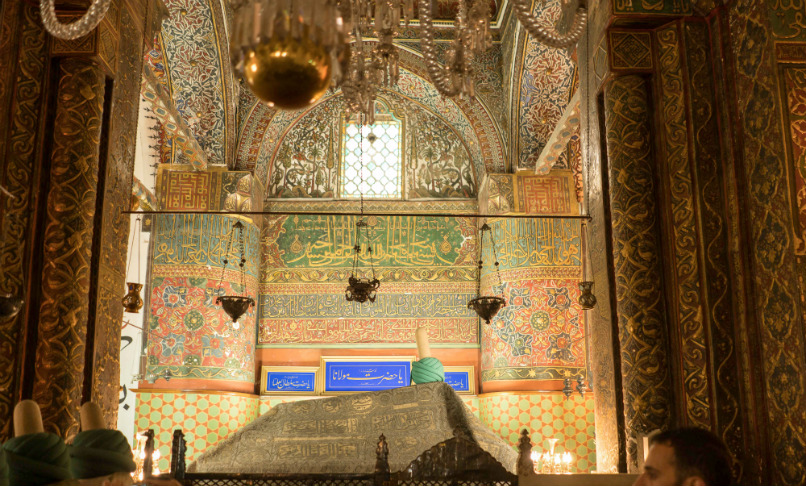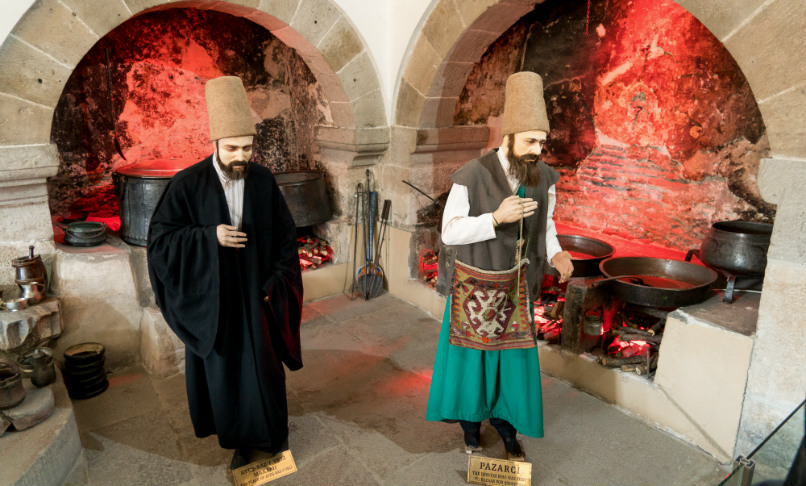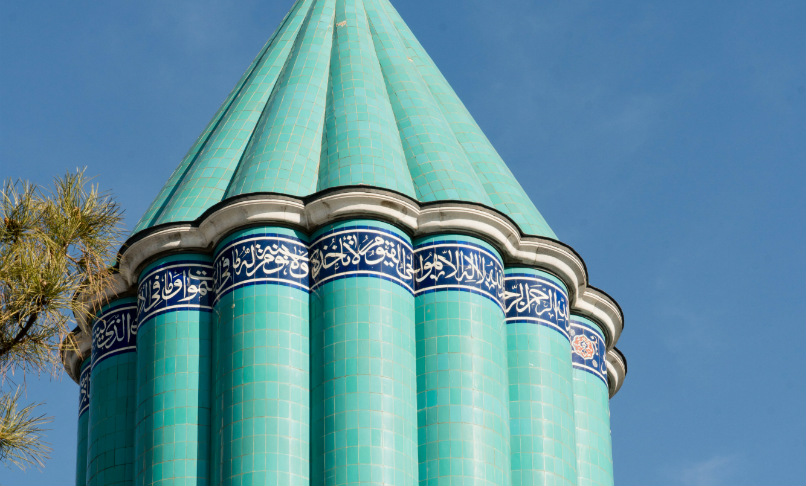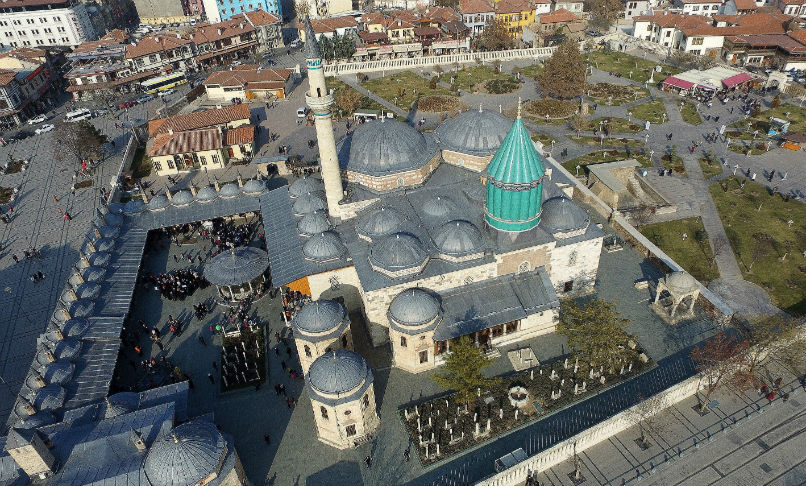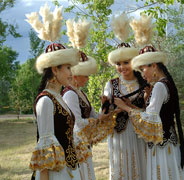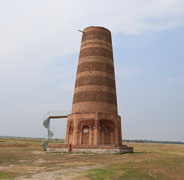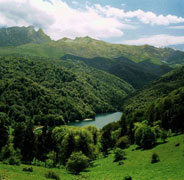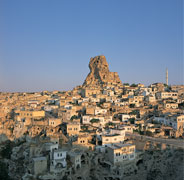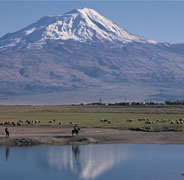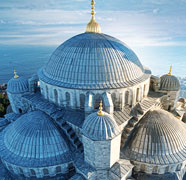Mevlana Museum
The Mevlana Museum in Konya is the mausoleum of Jalal ad-Din-Muhammad Rumi (1207-1273), a Sufi mystic and poet more commonly known as Mevlana or Rumi. The museum was once the lodge (tekke) of the Mevlevi order, better known as the whirling dervishes.
Sultan Ala al-Din Kaygubad, the Seljuk Sultan who had invited Rumi to Konya, offered his rose garden as a burial place for Rumi's father, Baha' ud-Din Walad, when he died on 12 January 1231. When Rumi died on 17 December 1273 he was buried next to his father.

